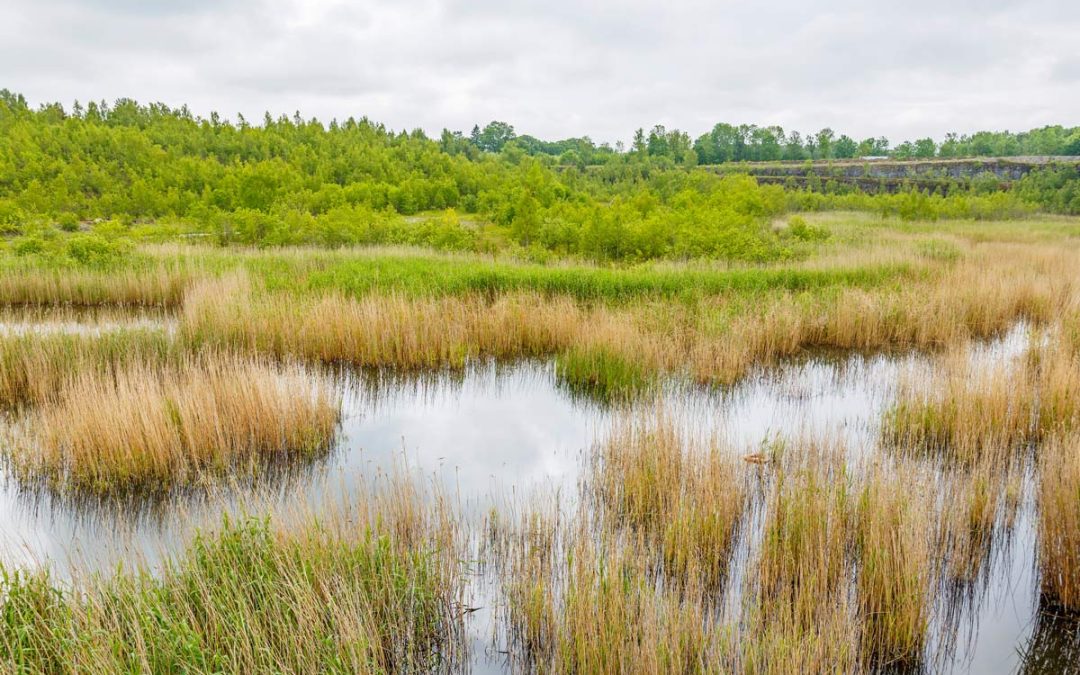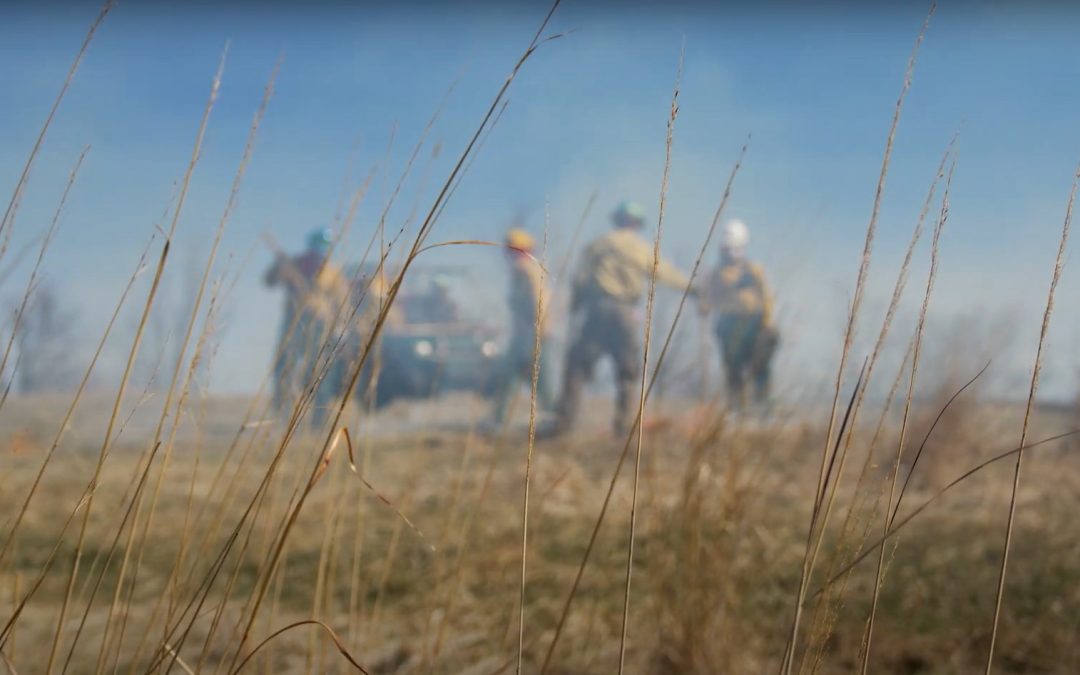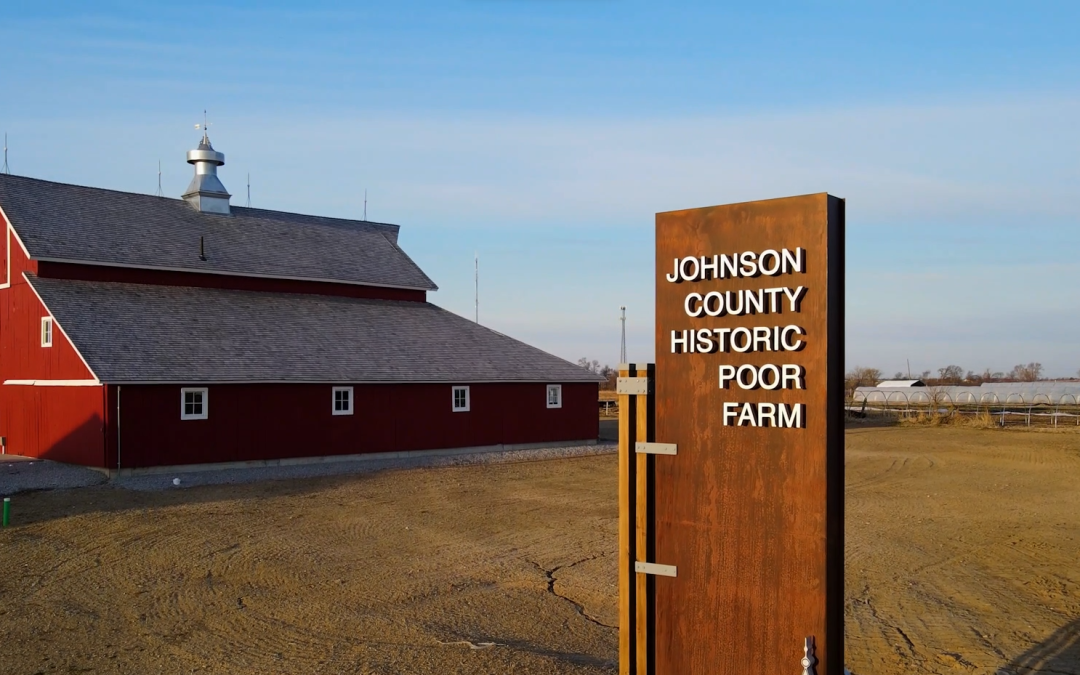The conservation subdivision model of residential development follows an alternative set of design objectives and standards in comparison to traditional land development. Goals include preserving the existing natural features of the site, preserving natural drainage patterns and hydrologic characteristics, and protecting environmentally sensitive areas. The intent is to provide a community that reduces the overall impacts of the development on the landscape. If carefully planned, conservation subdivisions can improve the economic value of the land and improve biological diversity.
Research in Iowa shows that homes in conservation subdivisions sell faster, sell for more, and can save on construction costs when compared to similar homes (Bowman, Thompson, & Colletti, 2009). Similarly, research has determined that homeowners are willing to pay up to $2,000 more for close proximity to open space (Bowman & Thompson, 2009). Why? While the answer is complicated (home buying attitudes are historically difficult to pinpoint), a few simple explanations exist. People like access to open space; safe places for children to play, areas for outdoor exercise, interesting aesthetic vistas and a connection to nature. Many people also value the protection of wildlife habitat.
Hayden’s Preserve, located in the far northern reach within the City of Ames, is being designed to meet the standards of a conservation subdivision. The City’s ordinance requires, among other objectives, (1) at least 25% of the land in the subdivision be permanently dedicated to open space or natural areas, (2) 80% of the residential lots be adjacent to a conservation area or open space, and (3) creation of a shared use path that connects residents with natural areas.
Hayden’s Preserve LLC sought the expertise of Impact7G’s conservationists, ecologists, and planners for the creation of a Conservation Management Plan. The Plan outlines how natural areas in the subdivision will be preserved, established, and maintained over the long-term. Primary conservation areas include stormwater wetlands, an extensive riparian buffer along the stream channel, native prairie vegetation, and woodland areas comprised of a diverse mix of native hardwoods. Importantly, the Plan also recommends specific conservation measures that can be implemented within a residential parcel, such as the use of native turf, turf with low or no chemical input requirements, soil quality restoration, and stormwater best management practices.
In line with Impact7G’s core mission, we’re looking forward to helping the developer and homeowner’s association implement an environmentally sustainable solution to traditional land development. Hayden’s Preserve will undoubtedly become an excellent site for planting roots that will pay dividends for generations to come.
Photo: Brent Kenninger, Impact7G Staff Arborist, measures the diameter of existing trees at Hayden’s Preserve as part of a comprehensive tree survey for the site.


